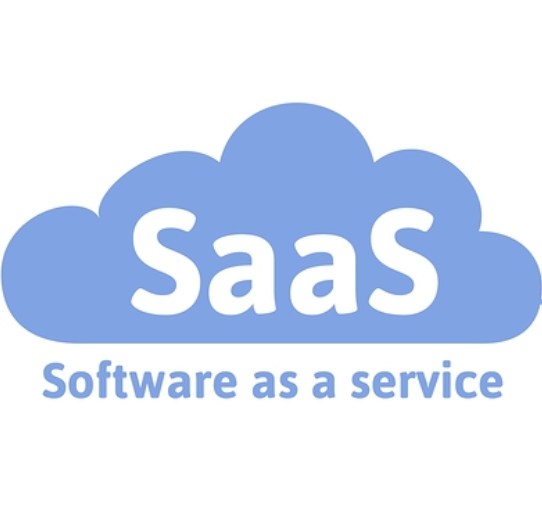
Tradeshift sees momentum accelerate on combined SaaS and fintech portfolio strength
Tradeshift is reaping the benefits of being one of the early adopters of converged SaaS and fintech business models, reporting significant growth across its combined product portfolio.
Tradeshift finalized an extremely strong third quarter (Aug 01-Oct 31), with enterprise deals signed over the period accounting for 50% of year-to-date bookings. New customers signed in Q3 included two highly significant deals, the first with one of the world’s largest financial services companies, the second an exciting project deploying Tradeshift Buy to build a pan-African enterprise marketplace with a group of prestigious partners. Further wins across manufacturing, retail and business services added to Tradeshift’s already impressive coverage across key verticals.
Annual charge volumes on Tradeshift Go, a virtual credit card product, launched by Tradeshift in 2019, are on track to exceed $2.5 billion in 2021, a 600% increase year on year. The explosive uptake means Tradeshift can now claim to have one of the world’s largest fintech card programs. Analyst firm CB Insights recently recognized the company as one of the world’s top privately held fintech companies in its annual Fintech 250 Awards.
Seller enrollment to Tradeshift Cash, the digital, real-time factoring product launched by Tradeshift earlier this year, also showed exponential early growth through the last two quarters. User feedback indicates a strong appetite for the embedded fintech service among sellers who love the ability to secure fast and predictable payments on the full value of their invoices.
“Businesses of every size want solutions that are seamless and digital, and this is accelerating the convergence between SaaS and fintech,” said Christian Lanng, CEO and Co-Founder, Tradeshift. “Our successful enterprise SaaS business has always been underpinned by our network model and comprehensive platform strategy, which enables us to embed, scale and expand the range of services we offer. Products like Tradeshift Go and Cash have quickly become key revenue drivers for our organization. They also act as a powerful incentive for businesses to join the Tradeshift network.”
Tradeshift saw the total number of active businesses transacting on the Tradeshift platform rise by 36% year on year in Q3. A series of major product enhancements further reinforced Tradeshift’s reputation as a leader in helping organizations across the world connect and transact seamlessly. Significant milestones included first-of-its-kind e-invoicing capabilities for international organizations with a footprint in China. Tradeshift’s global customers with commercial activities in China can now exchange purchase orders and invoices with trading partners in the territory directly through the Tradeshift platform.
“Having recently been back on the road visiting customers, it’s clear how central our technology figures in the minds of senior business leaders,” said Christophe Bodin, Chief Revenue Officer, Tradeshift. “Digitizing the trading relationships between buyers and suppliers is increasingly recognized as the foundational layer for wholesale digital transformation. Our expertise and approach put us in a unique position to be a key partner for organizations at every step on that journey and beyond.”
Tradeshift added a number of new hires to its senior leadership team in Q3 designed to help capitalize on the appetite the company is seeing for its unique proposition. Smita Gupta, formerly of Finastra, joined as VP, Global Marketing. Mark Graham joins from Anaplan as VP Platform Business Operations. Mark will oversee the end-to-end experience for buyers and suppliers across the Tradeshift Network.


